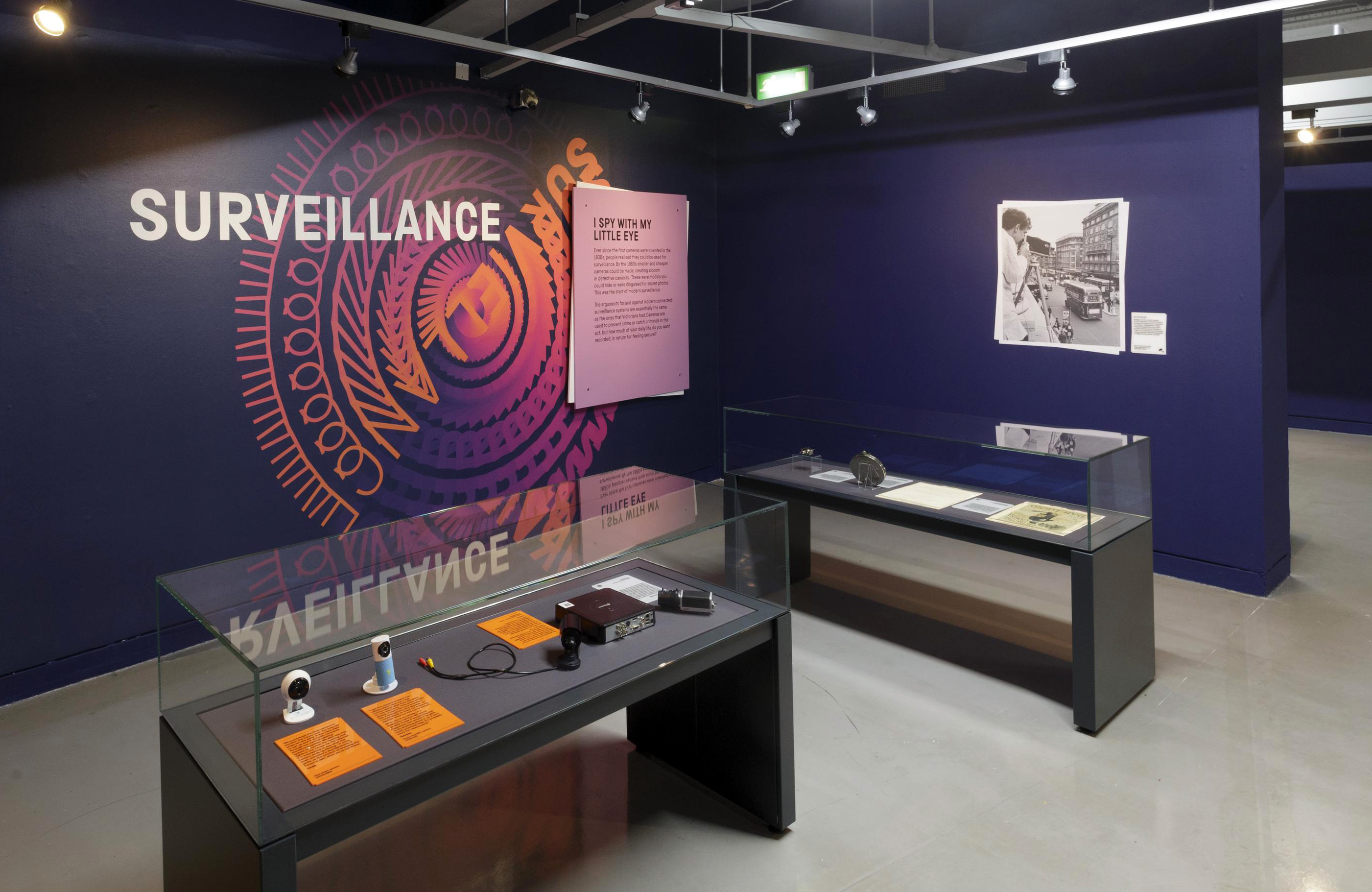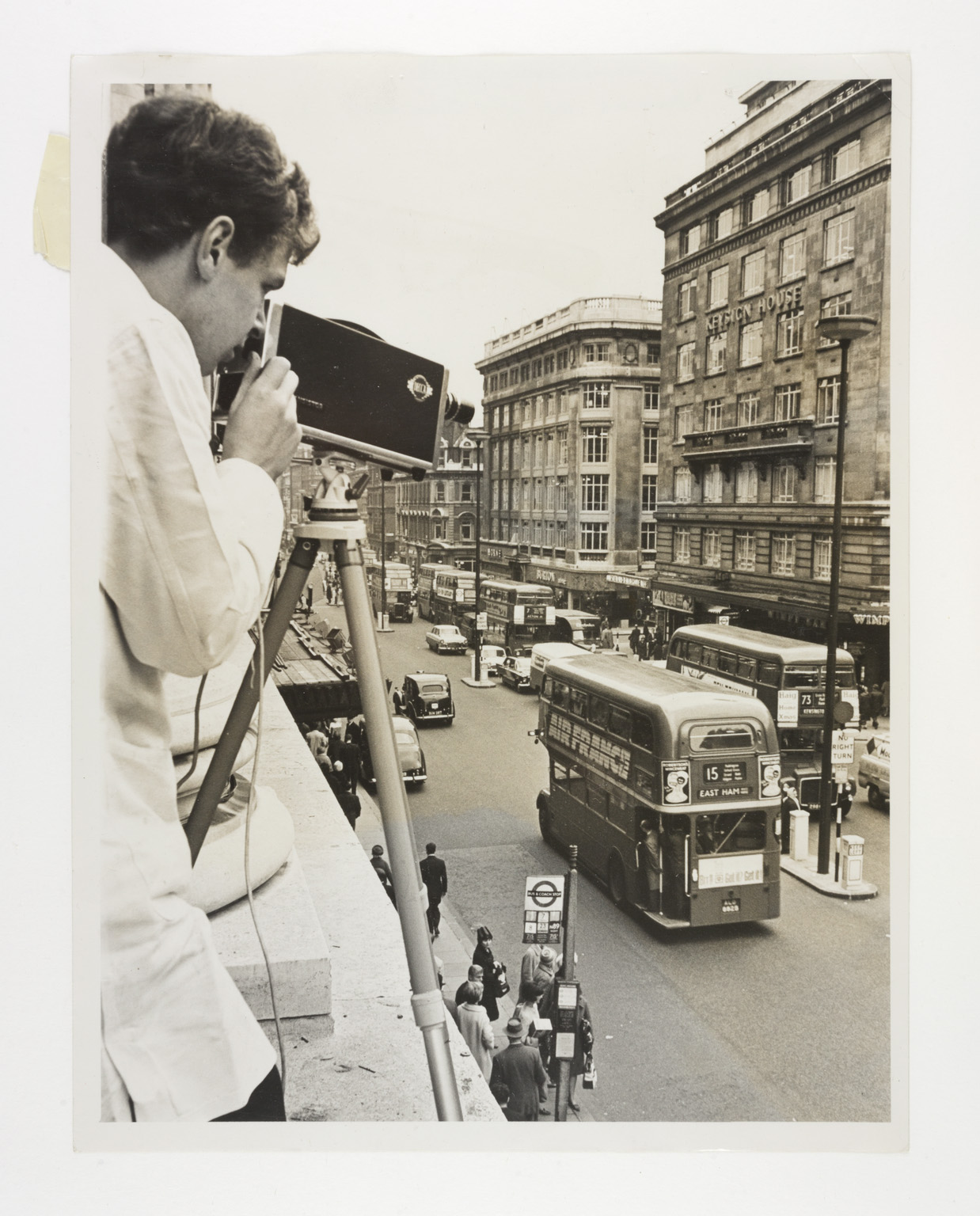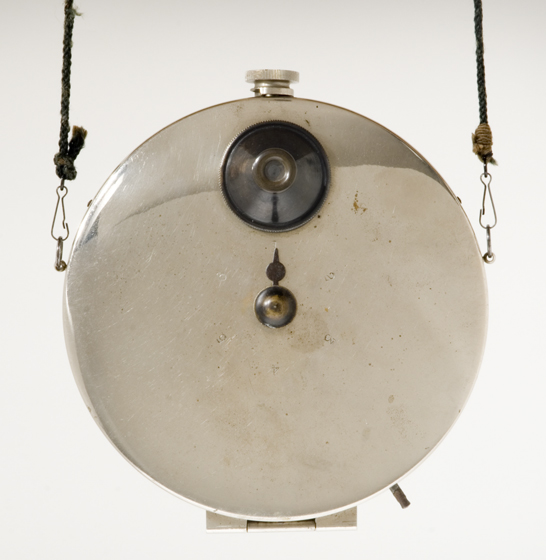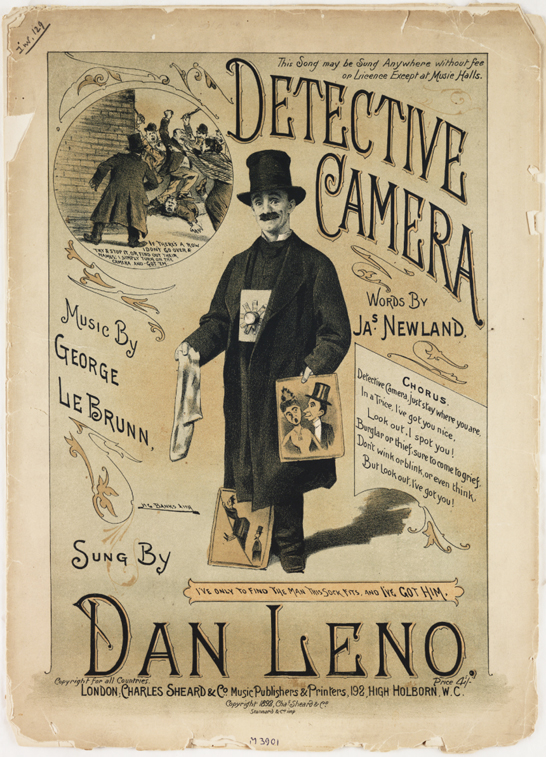The 1980s had ‘Satanic panic’; the 1990s had violent videogames; 2016 had ‘killer clowns’. To label the increasing interconnectedness of today’s globalised world as the beginning of a ‘moral panic’ would not be entirely accurate, but to argue it has raised concern would be more than fair—consider Black Mirror’s portrayal of a dystopian future where rapid technological advancement is often a catalyst for chaos. Today’s technology may have significant societal implications that we, as a society of iPhone users and CCTV stars, are currently oblivious to. Enter Never Alone, an exhibition at Bradford’s National Science and Media Museum which asks the question: what happens when everything is connected?
Opened in November 2018, Never Alone is a powerful and thought-provoking reflection on a modern, increasingly connected society. It explores how the culture of surveillance first developed and how today’s smart devices have brought it to unprecedented heights.

Never Alone takes you through the past and present of surveillance in a journey as insightful as it is occasionally uncomfortable. The exhibition features a 1964 photograph from London’s Oxford Street, showing a man operating a sole surveillance camera—a huge contrast to the 2011 statistic referenced in the caption, which estimates you are seen on CCTV cameras up to 70 times a day in the UK.

A 2016 survey by the British Security Industry Authority revealed there could be as many as 5.9 million cameras in the country—equating to one CCTV camera for every 11 citizens—with an article from Get Licensed claiming this makes the United Kingdom ‘the leading country in the world for surveillance of its own citizens’.
Displayed on one of the colourful walls of Never Alone, you’ll find a panel fittingly titled ‘I Spy With My Little Eye’. It asks a question that perfectly encompasses one of the main themes of the exhibition: ‘how much of your daily life do you want recorded, in return for feeling secure?’
What Never Alone does so successfully is give us the wider historical context of the surveillance that pervades every corner of modern-day Britain. We might think of this as a very 21st-century phenomenon, but Never Alone tells us the advent of the very first cameras in the 1800s led people to the realisation that ‘they could be used for surveillance’. In the 1880s, the emergence of cheaper and smaller cameras created a boom in so-called ‘detective cameras’, ‘models you could hide or [which] were disguised for secret photos’.

We are then met with a humorous piece of evidence which informs us of the concern this caused—the sheet music from Victorian-era comedian Dan Leno’s 1892 ‘smash hit’, ‘Detective Camera’. It features lyrics such as:
No matter what you do or say, I’ve got you on the spot
A house on fire’s very warm, you’ll find me twice as hot

So the concerns we have today about surveillance have, in fact, existed for generations. Another vintage item on display in Never Alone is Stirn’s waistcoat camera, described as ‘one of the first to take discreet photos’. The caption tells us how, in 1890, the Torquay Times and South Devon Advertiser voiced their opinion on the controversial technology:
If everyone becomes the possessor of a ‘demon’ no one will be safe.
Never Alone leads us to question whether, over a century later, we still possess those same ‘demons’ in a new form. In exchange for the convenience of smartphones and virtual assistants, we submit to facial recognition, volunteer our fingerprints and allow our voices to be recorded. Will we continue to make such Faustian pacts with our internet-connected devices, or will concerns about privacy make us more cautious?
Never Alone is open at the National Science and Media Museum until 10 February 2019.
Excellent piece! Really well written and insightful. Looking forward to the next part already!
A very detailed and thorough piece. An extremely interesting read. You have an informed and cohesive written style that engages the reader throughout. A much needed analysis of today’s society that seems hostage to the ever growing social media phenomenon.
Thought provoking and well articulated article.
There’s always a price to pay. If you want peace of mind and security be prepared to give up some of your privacy. Is it worth it?
Very interesting and well written piece
Very well researched and written and also impressed by correct spelling and punctuation which I thought was dying out, with all this technology taking over. Well done
Brilliant piece, really well thought out and articulated perfectly.